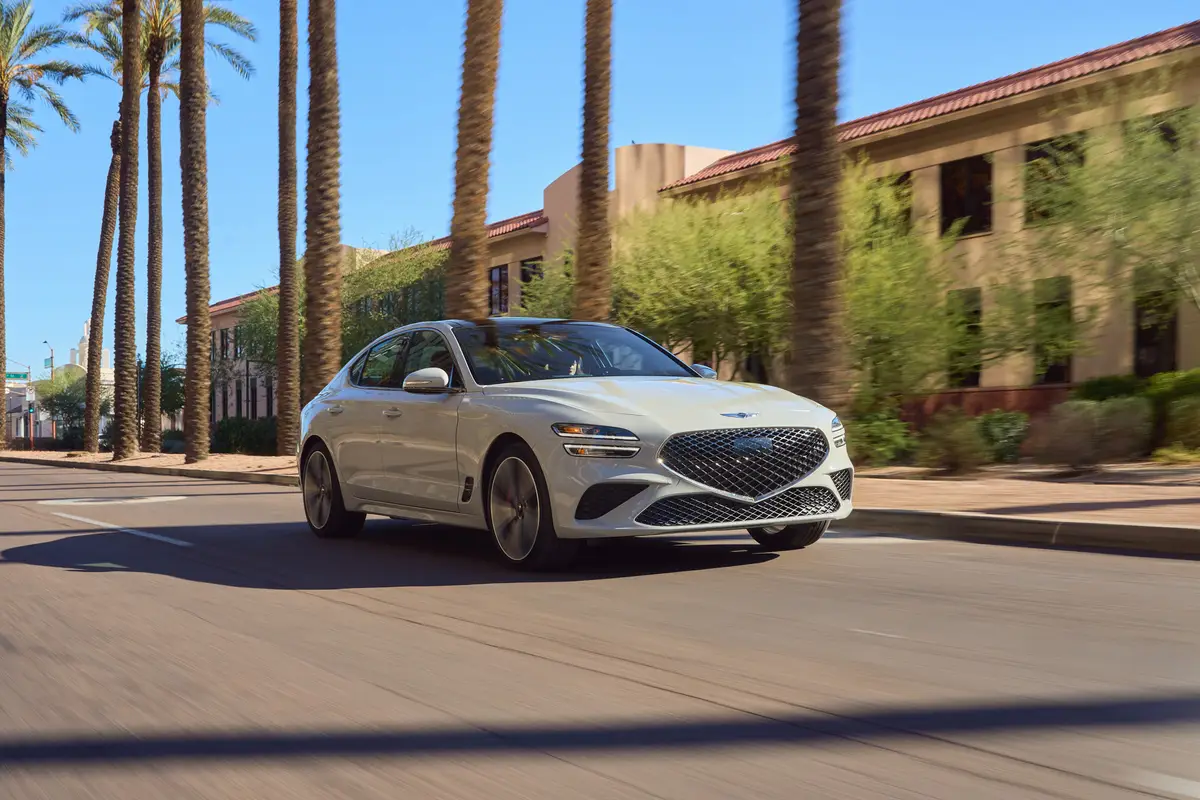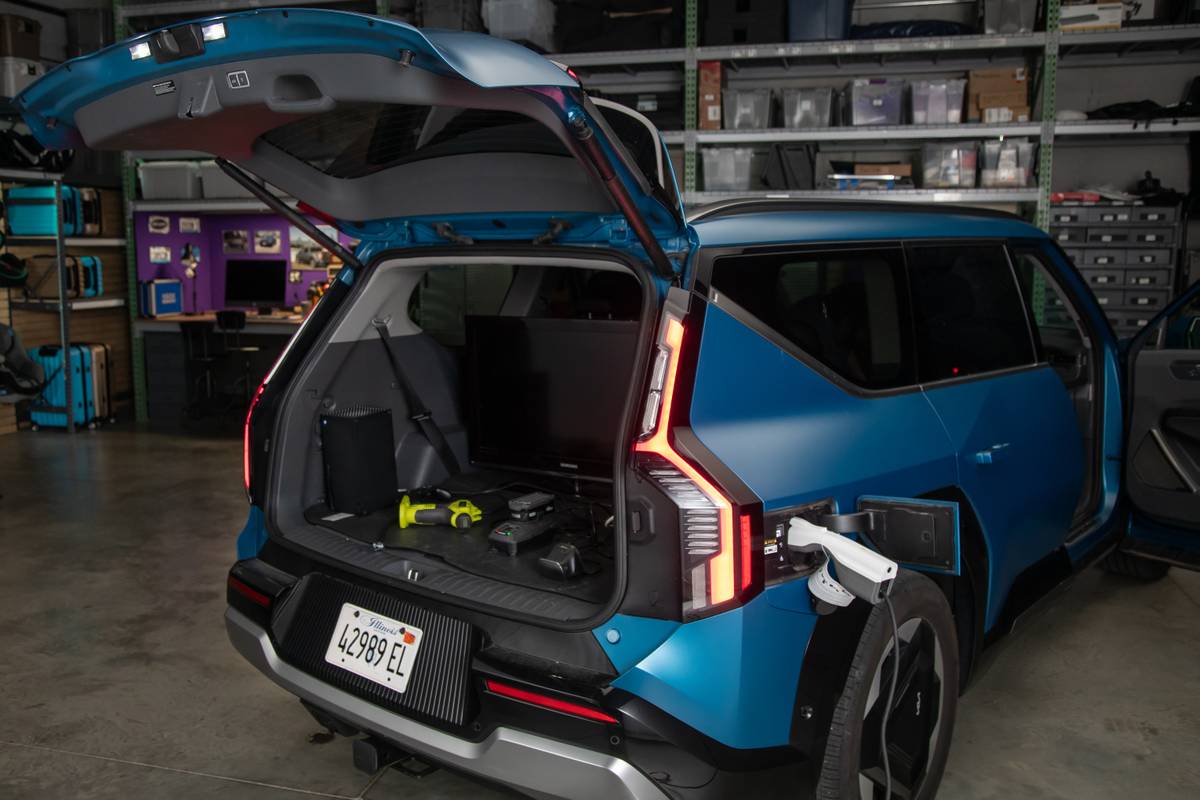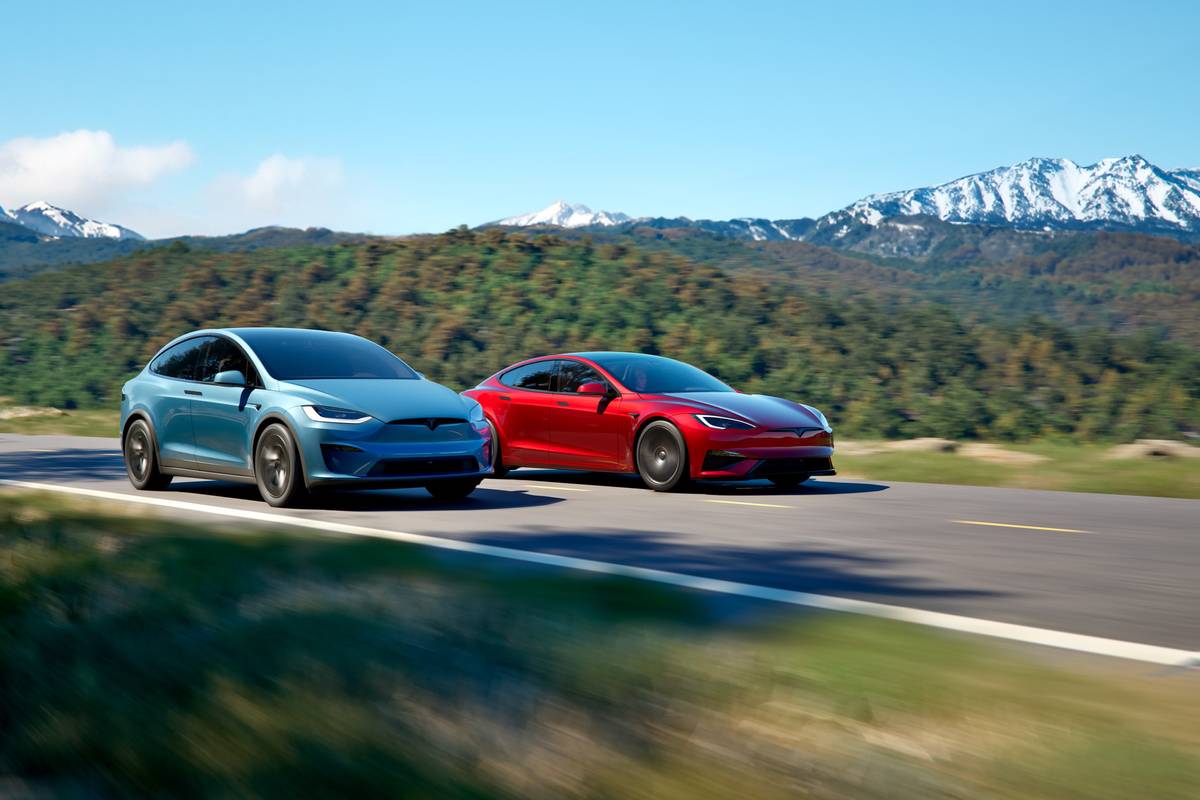chicagotribune.com's view
Have to confess that our first experience with Saturn wasn’t the most pleasant.
In the summer of 1990 Saturn hosted a group of journalists at General Motors’ Milford, Mich., Proving Grounds for the first glimpse and test ride of the all-new 1991 model.
Saturn was a major undertaking and was given the task of battling the Japanese in the low-cost, high-mileage entry-level segment of the market, where domestic automakers traditionally were hammered by imports.
Arriving at Milford, the media were greeted with a bevy of cars displayed in a circle, which prompted us to ask the Saturn public relations man: “What are all those Oldsmobiles doing here?”
If you recall, the ’91 Saturn looked like an Olds Cutlass in miniature form–and with plastic, not steel, body panels.
The remainder of the day at Milford was spent dodging the Saturn PR man, who was easy to spot, considering the smoke billowing from his ears.
An all-new Saturn division and cars were the brainchildren of Roger Smith, during whose nearly 10 years as chairman, GM’s market share fell from almost 50 percent to about 30 percent.
Share probably would have dropped more without Saturn, considering that almost 80 percent of Saturn buyers profess that they otherwise would have headed to a Japanese showroom.
So maybe it hasn’t brought a lot, if any, dough into the GM till, but it’s fair to say it’s kept a lot of money out of the Japanese coffers.
Which brings us to the present and the compact ’03 Ion sedan, the newest Saturn, which will be followed by an Ion quad coupe with two rear-access doors in the first quarter of next year.
A new generation can rectify past ills. The main one since Day 1 has been that Saturn is a 4-cylinder machine and 4 cylinders make a lot more racket and commotion than smoother V-6 engines do.
Saturn has offered a choice of two 4-cylinder engines, one with low horsepower for the base model, one with a tad more horsepower for the upper-end model. For ’02, for example, the choice was a single-overhead cam 1.9-liter, 100-horsepower 4 or a dual-overhead cam 1.9-liter, 124-h.p. 4.
Neither was quiet or very powerful.
For ’03 there’s just the 2.2-liter, 140-h.p. Ecotec 4-cylinder. Whisper quiet? Nope. Still a 4-cylinder. But quieter than the 1.9-liter 4s that came before it.
While you aren’t going to win too many races with a 140-h.p. 4-banger, Saturn owners now will at least be able to move from the light with a gusto that has eluded them in the past.
And while you aren’t going to beat many cars from Point A to Point B, you’re going to save time by avoiding a pit stop to refuel in between.
With the 2.2-liter, Saturn delivers what it has been designed for, high mileage: a 26 m.p.g. city/33 m.p.g. rating with standard 5-speed manual, 24/32 with optional 5-speed automatic.
Only the sedan gets the 5-speed automatic that replaces the 4-speed f or 2003. The automatic for the coupe will be a continuously variable, or CVT, transmission with an infinite number of gear ratios that engage in response to driver pedal pressure.
Stay tuned, however, for future power upgrades to the 140-h.p. Ecotec.
A supercharged version will be offered in a high-performance Ion Tuner Coupe (Cars, Oct. 31) for ’04 that will boast more than 200 h.p.
The suspension system is also new and has been tweaked to reduce the harshness that usually filters into the cabin from contact with the pavement.
You aren’t going to enjoy luxury sedan ride because this is first and foremost an economy car, but you won’t be subject to as much road harshness as in previous generations.
And, yes, you’ll experience some body lean in corners and turns.
Ion 1, Ion 2 and Ion 3 replace the SL, SL1 and SL2. The SL numbering system denoted what 4-cylinder engine was offered, though gray plastic bumpers on models with the base engine rved ample visual notice the anemic engine was under the hood.
For ’03 there’s only one engine and all models come with body-colored bumpers. But the number designations remain to denote content level, such as power windows and mirrors and cruise control that are standard in an Ion 3, an $825 option in the 2 and not available in the 1.
We tested the Ion 3, which gets not only a new name but also far more appealing and fashionable styling while retaining Saturn’s trademark plastic body panels that resist rust and require only a quick wash to look showroom-new for years.
Dimensions are larger. Wheelbase is stretched by 1 inch, overall length more than 6 inches, width by 1 inch and height by 1 inch.
The longer wheelbase and length contribute to improved ride from previous models and the added width and height allow for more head, leg, arm room and comfort in the cabin. Ion is the first car built on GM’s new Delta platform to be shared by the next-generation Chevrolet Cavalier for ’05.
One of the intriguing features is that the designers opted to move the instrument cluster from directly in front of the driver to the top center of the dash.
Of course, Toyota beat Saturn to that position when it introduced Echo with a shrouded center instrument cluster a couple years ago, but whether first or second to the spot, Ion is there.
With the cluster moved, it opens up the view through the glass in front of the driver, and though awkward at first, you get used to looking over to check the speedometer and fuel gauge.
Saturn points out that it needed a larger steering wheel to enable drivers to see the cluster before, but with the cluster moved, it now offers a smaller diameter steering wheel that also makes it easier to slip into and out of the driver’s seat.
The standard seats come with a patterned cloth that not only offers good comfort and support, but also, because of the pattern, helps camouflage spills and stains until treated. Leather runs $700.
Rear seat room is ample, and seat backs fold to increase cargo capacity. But you can fold the seat backs only using release handles in the trunk. You can’t fold them from inside the cabin in order to prevent little kids or parking attendants from getting into the trunk.
Ion is a good car for those wanting high mileage and low price without it looking like a bargain basement offering. And thanks to the plastic panels, Ion is also a vehicle that will age gracefully.
The Ion 1 starts at $11,510, the 2 at $13,510, the 3 at $15,010. Add $900 for automatic. Standard equipment in the Ion 3 tested includes air conditioning, AM/FM stereo with CD player and 15-inch radial tires.
Options on the test car included anti-lock brakes with traction control at $400, side curtain air bags at $395 and floor mats at $80. One option missing was power sunroof at $725. Power seats aren’t offered. You have t o settle for manual height adjustment.
Latest news



